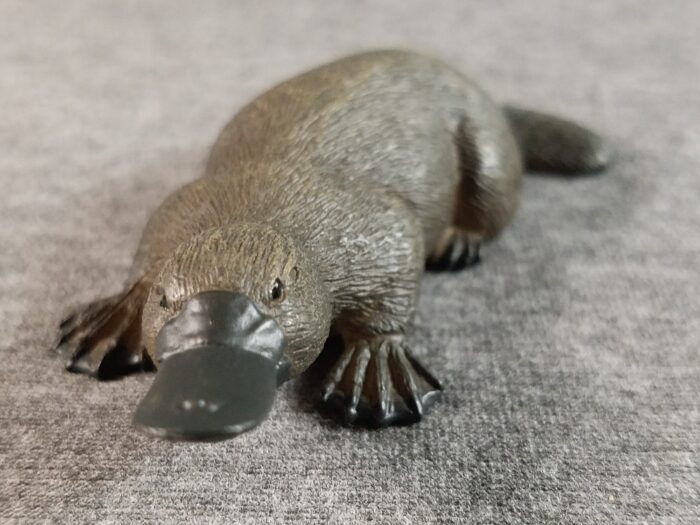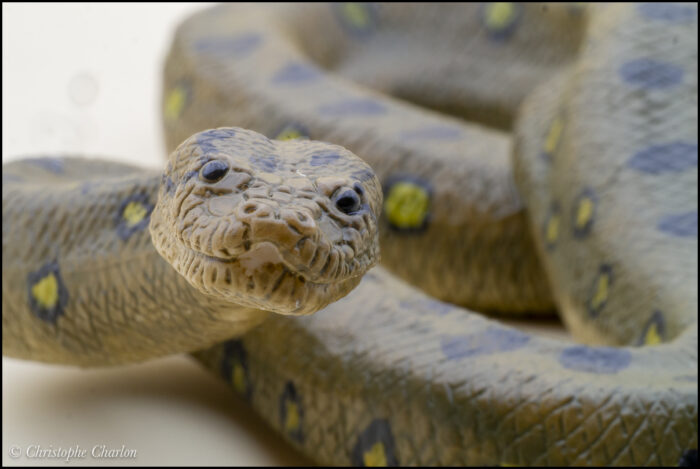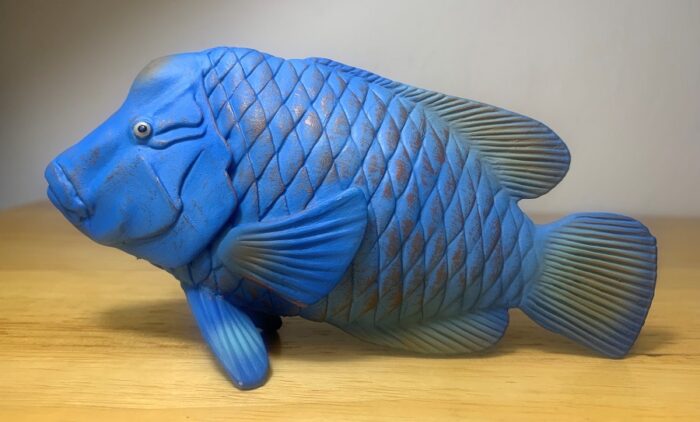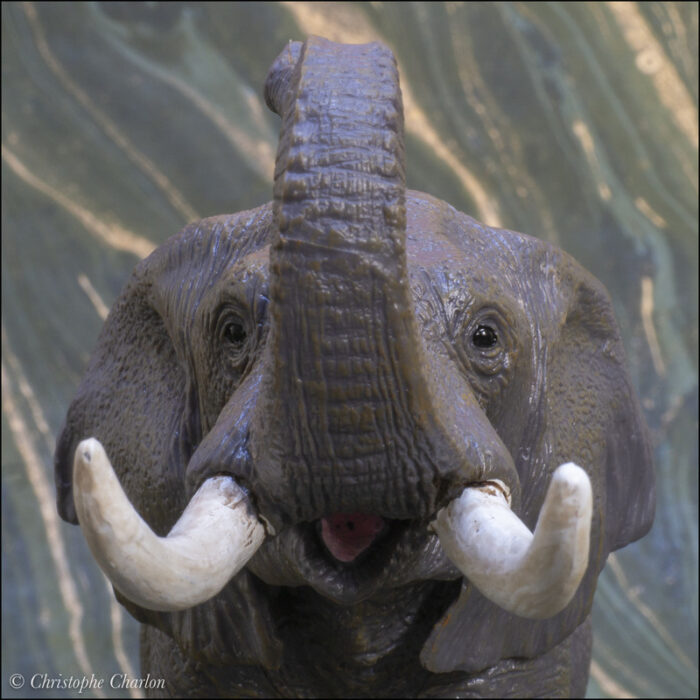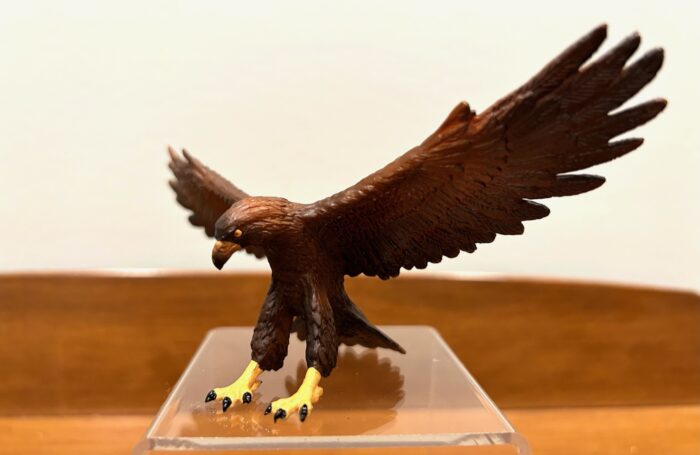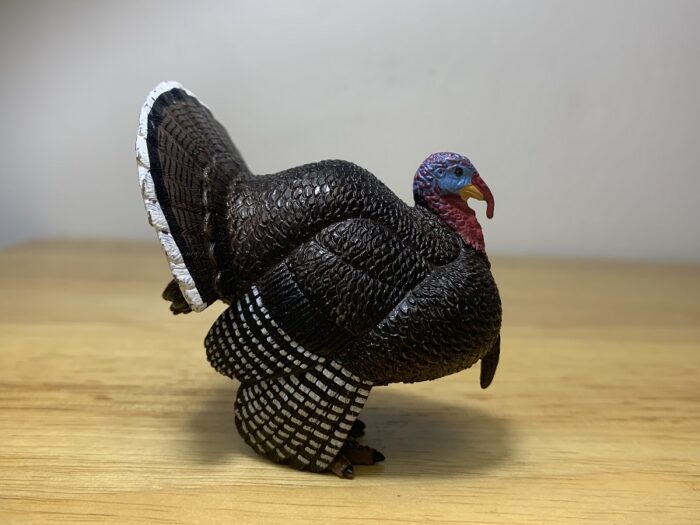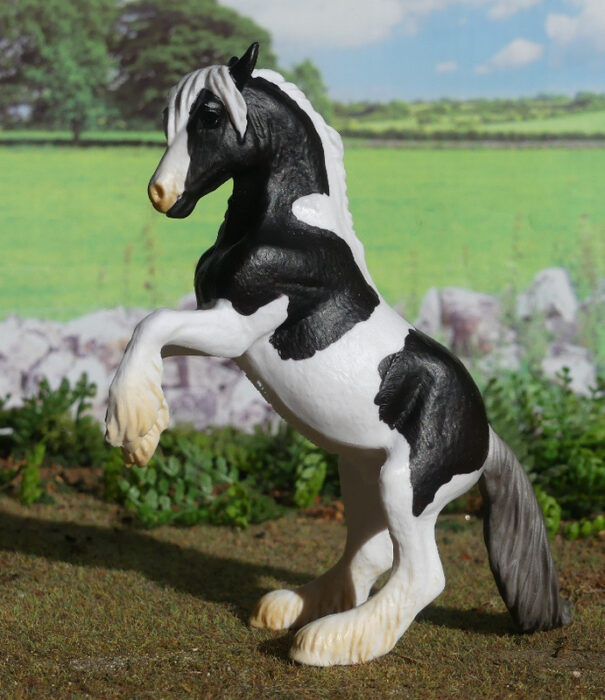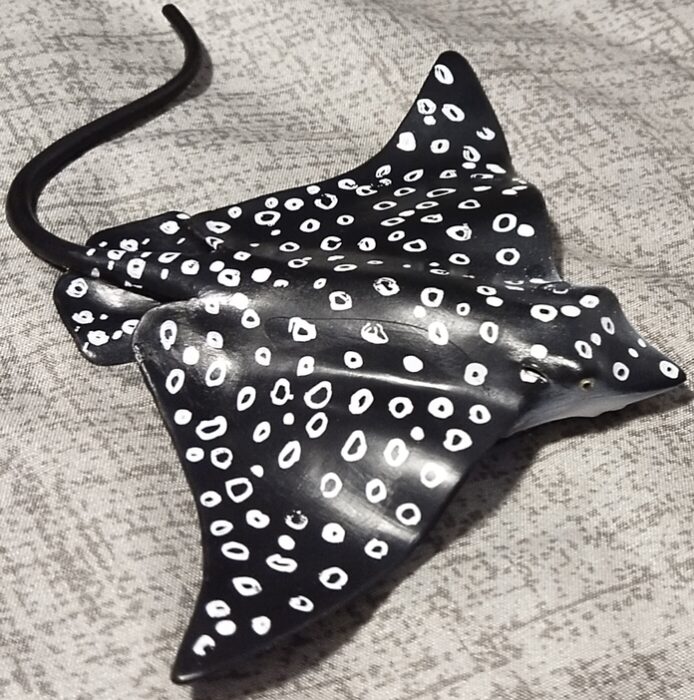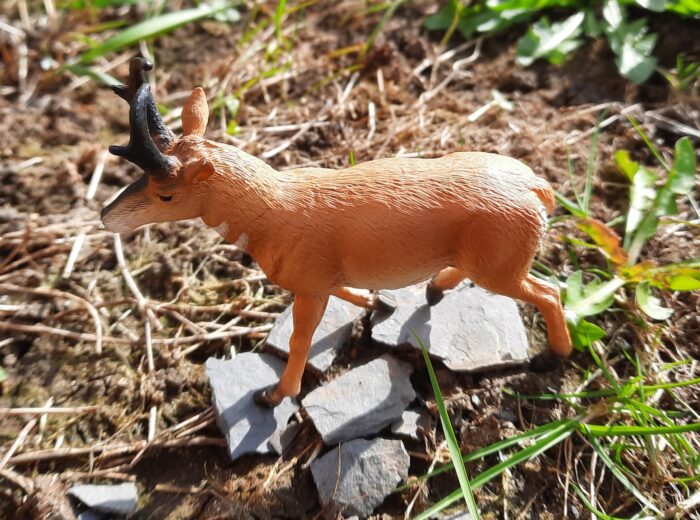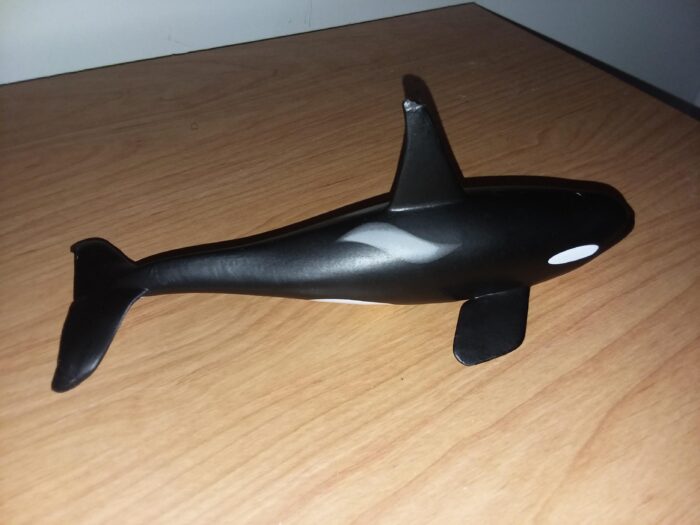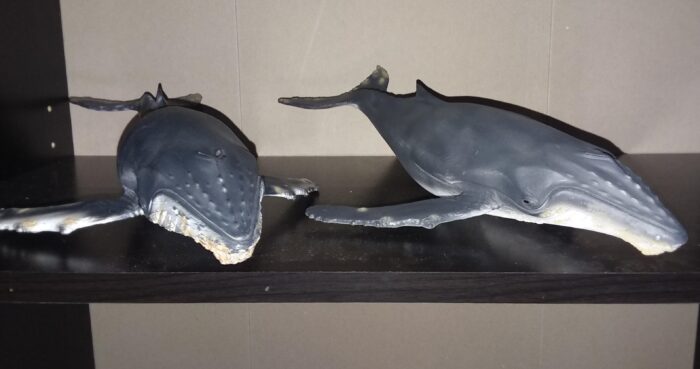Review and images by Fembrogon; edited by bmathison1972
Is there any animal more perfectly suited as the poster child of nature’s weirdness than the duck-billed platypus (Ornithorhynchus anatinus)? …Well, okay, there probably is; but the platypus is almost certainly the most ubiquitous. When it was first discovered by the Western scientific world, many did not believe this “flat-footed” mammal was real; of course, today we know clearly otherwise.

